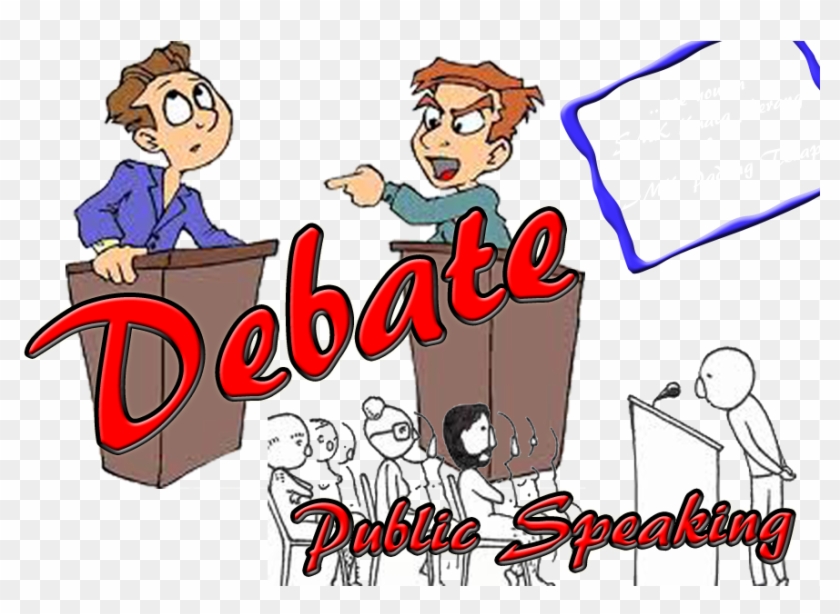
Debate and Public Speaking Competitions
Date: 12/17/2024 11:00:00 AM - 12/17/2024 4:30:00 PM
Venue: Chanakya BNR Hotel, Station Road, Sirom Toly, Kishan Singh Colony, Gosaintola, Ranchi, Jharkhand, India
A debate is a discussion or structured contest about an issue or a resolution. A formal debate involves two sides: one supporting a resolution and one opposing it. Such a debate is bound by rules previously agreed upon. Debates may be judged in order to declare a winning side. Debates, in one form or another, are commonly used in democratic societies to explore and resolve issues and problems. Decisions at a board meeting, public hearing, legislative assembly, or local organization are often reached through discussion and debate. Indeed, any discussion of a resolution is a form of debate, which may or may not follow formal rules (such as Robert’s Rules of Order). In the context of a classroom, the topic for debate will be guided by the knowledge, skill, and value outcomes in the curriculum. Debate and public speaking competitions are events where participants take a position on an issue and are judged on their ability to defend it. These competitions can help participants develop critical thinking skills, learn to present their views clearly, and improve their public speaking abilities.
Structure for Debate:
A formal debate usually involves three groups: one supporting a resolution (affirmative team), one opposing the resolution (opposing team), and those who are judging the quality of the evidence and arguments and the performance in the debate. The affirmative and opposing teams usually consist of three members each, while the judging may be done by the teacher, a small group of students, or the class as a whole. In addition to the three specific groups, there may an audience made up of class members not involved in the formal debate. A specific resolution is developed and rules for the debate are established.
Here are some types of debate and public speaking competitions:
- Policy debate: A style of debate where students prepare cases for or against an issue
- Lincoln-Douglas debate: A one-on-one debate format that focuses on ethical or philosophical topics
- Public forum debate: A debate format where two-person teams debate current events
- Oratory competitions: A prepared speech contest that focuses on eloquence, emotional appeal, and delivery style
- Extempore: A competition that tests a participant's ability to think on their feet and share creative ideas
Debate Preparation:
- Develop the resolution to be debated.
- Organize the teams.
- Establish the rules of the debate, including timelines.
- Research the topic and prepare logical arguments.
- Gather supporting evidence and examples for position taken.
- Anticipate counter arguments and prepare rebuttals.
- Team members plan order and content of speaking in debate.
- Prepare room for debate.
- Establish expectations, if any, for assessment of debate.
Some notable debate and public speaking competitions include:
- World Individual Debating and Public Speaking Championships
- A tournament that typically lasts five to six days and includes an opening ceremony, guest speaker, and grand finals.
Conducting Debate:
Debate opens with the affirmative team (the team that supports the resolution) presenting their arguments, followed by a member of the opposing team. This pattern is repeated for the second speaker in each team. Finally, each team gets an opportunity for rebutting the arguments of the opponent. Speakers should speak slowly and clearly. The judges and members of the audience should be taking notes as the debate proceeds. A typical sequence for debate, with suggested timelines, is as follows:
- the first speaker on the affirmative team presents arguments in support of the resolution. (5 – 10 minutes) (page 1 of 2) Antiti Conducting a Debate TN 13
- The first speaker on the opposing team presents arguments opposing the resolution. (5 – 10 minutes)
- The second speaker on the affirmative team presents further arguments in support of the resolution, identifies areas of conflict, and answers questions that may have been raised by the opposition speaker. (5 – 10 minutes)
- The second speaker on the opposing team presents further arguments against the resolution, identifies further areas of conflict, and answers questions that may have been raised by the previous affirmative speaker. (5 – 10 minutes)
- The rules may include a short recess for teams to prepare their rebuttals. (5 minutes)
- The opposing team begins with the rebuttal, attempting to defend the opposing arguments and to defeat the supporting arguments without adding any new information. (3 – 5 minutes)
- First rebuttal of the affirmative team (3 – 5 minutes)
- Each team gets a second rebuttal for closing statements with the affirmative team having the last opportunity to speak. (3 – 5 minutes each)
- There cannot be any interruptions. Speakers must wait their turns. The teacher may need
Post-debate Discussion and Assessment:
When the formal debate is finished, allow time for debriefing and discussion. Members of the audience should be given an opportunity to ask questions and to contribute their own thoughts and opinions on the arguments presented. Members of the debate teams may also wish to reflect on their performance and seek feedback from the audience, including the teacher.
If some form of assessment was part of the debate plan, it would be conducted at this time. Assessment could be conducted by the teacher, the judging team, or the entire class. (See BLM G-15: Debate Assessment Rubric.)
ESU
- A community that offers debating and public speaking competitions, and encourages people to join, donate, or volunteer.
Additional Support Materials:
The following curriculum support materials may be of use in preparing a class debate:
- TN 24: The Inquiry Process (Conducting Research)
- TN 25: Persuasive Writing
- TN 33: Articulate Perspectives on Issues
- TN 34: Dealing with Controversial Issues
- TN 37: Critical Thinking in Social Studies